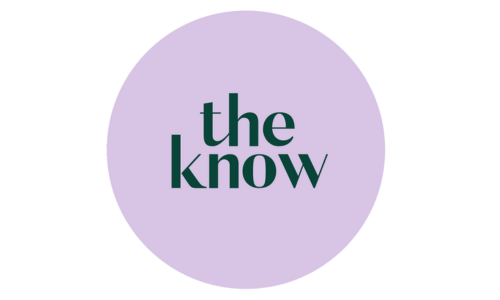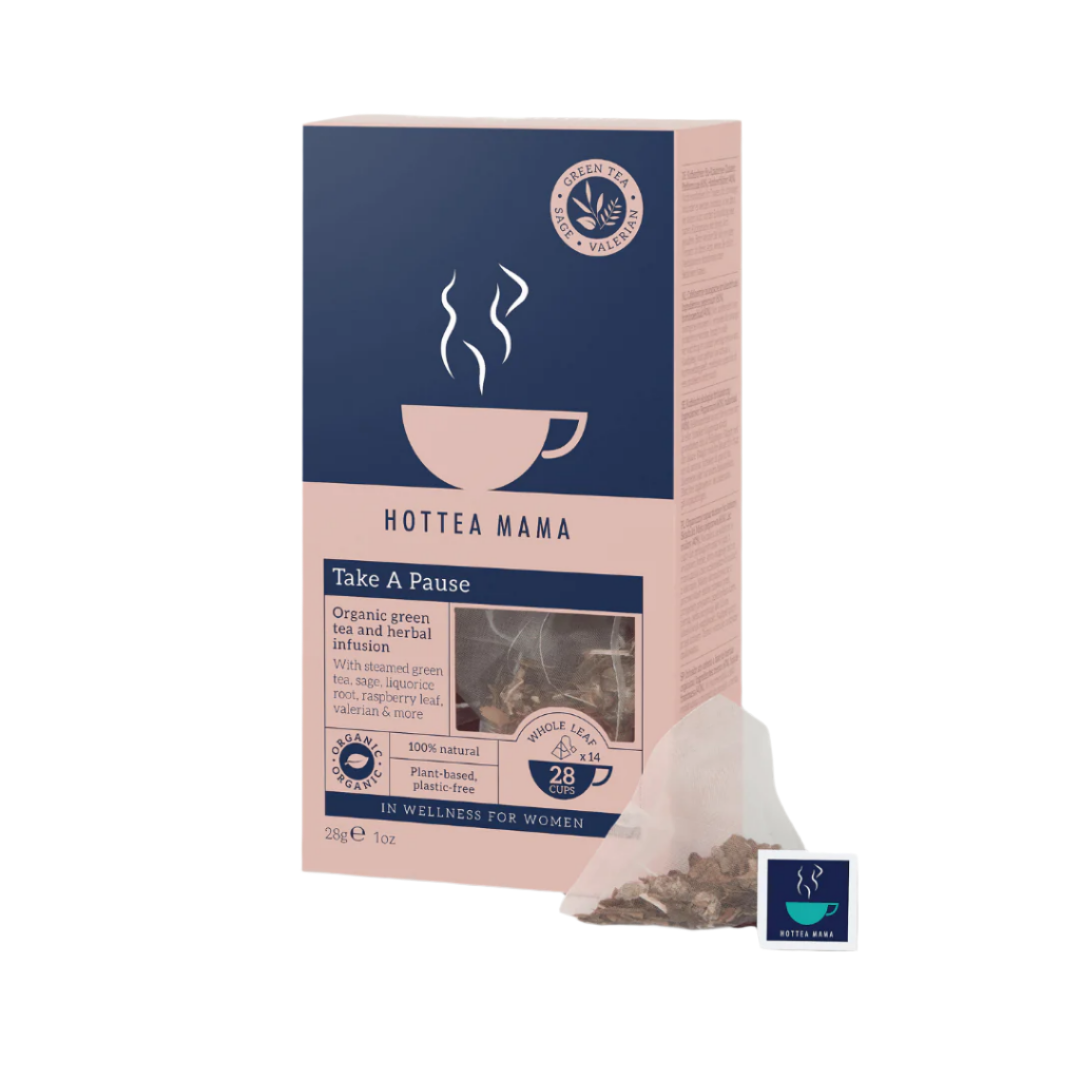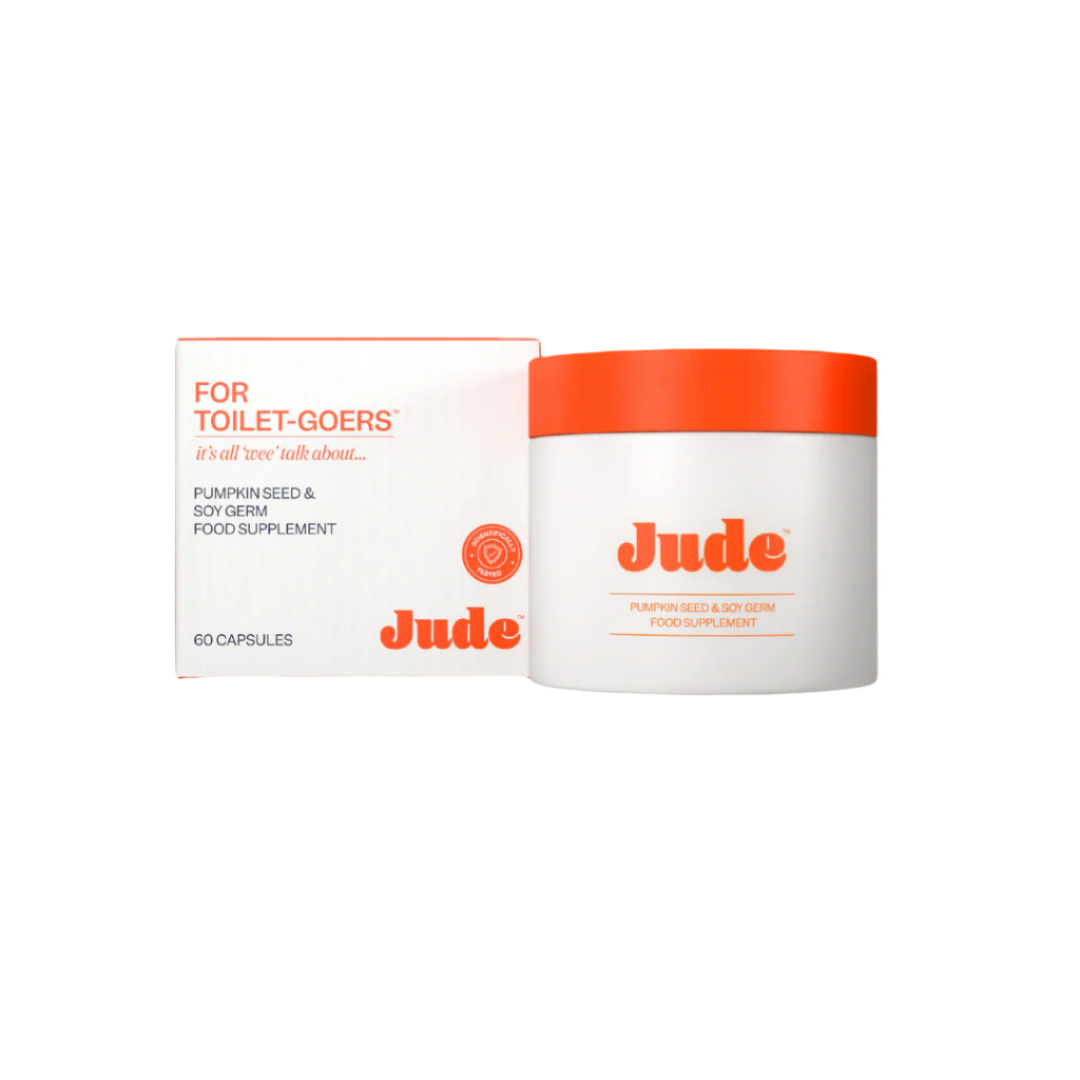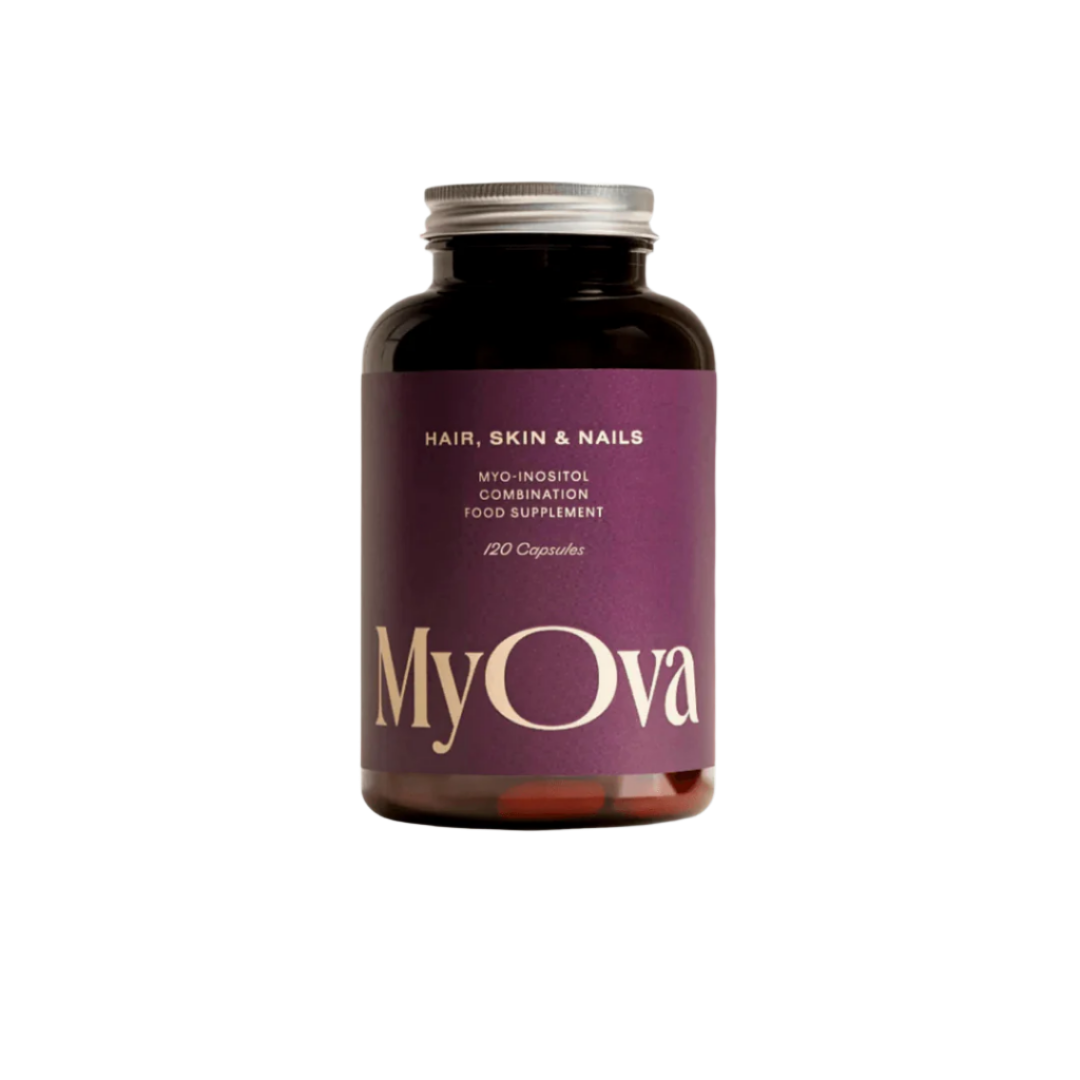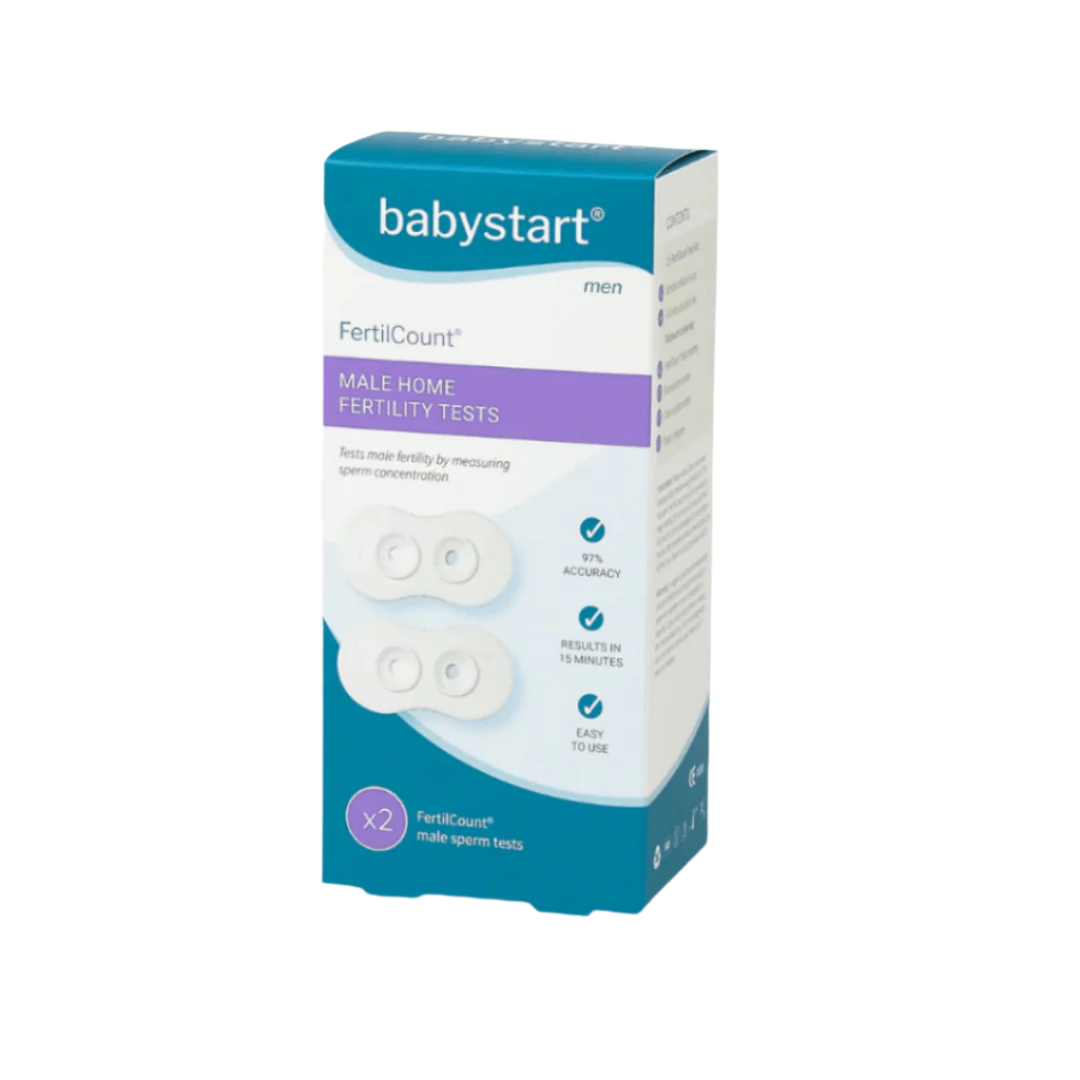The Journal
Which Fertility Supplement Is Right for You? A Deep Dive into Proceive Max, Artah Enhanced Fertility, Proceive Women, and Ovum
When you’re trying to conceive, choosing a fertility supplement can feel a bit like online dating; lots of promising profiles, plenty of attractive qualities, but which one is truly “the one” for you? To help cut through the noise, we’ve compared four popular choices; Proceive Max Women, Artah Enhanced Fertility, Proceive Women, and Ovum (Time to Conceive) so you can see how they stack up in terms of ingredients, focus, and best-fit scenarios. Let femme help you to choose the best fertility supplement; we're here to make you feel supported and empowered on your fertility journey. Proceive Max Women: The All-Rounder for Maximum Support If you’re over 35, have been trying for at least 12 months, or simply want the most comprehensive formula on the shelf right now, Proceive Max is like the deluxe, fully-loaded fertility supplement model. What’s inside: A broad amino acid profile (L-Arginine, L-Carnitine, L-Citrulline, L-Glutamine and more) High antioxidant support (CoQ10 70 mg, Vitamin C 400 mg, Vitamin E 200 mg) Methylated folate for optimal supplement absorption A generous spread of minerals (Zinc, Selenium, Magnesium, Calcium, Iron) Why choose it: Best suited for women 35+ or those who’ve been trying to conceive for more than a year Offers the widest nutrient coverage, including lesser-seen amino acids that can support egg quality and hormonal balance Ideal if you prefer a one-and-done fertility supplement sachet rather than multiple pills Artah Enhanced Fertility: The Nutrient Powerhouse with a Wellness Edge Artah’s Enhanced Fertility feels like the “nutritionist-approved” fertility supplement choice, with not just the standard fertility nutrients, but also a whole squad of plant compounds and eye-health carotenoids (hello lutein and zeaxanthin). What’s inside: Choline for cell membrane and brain development support CoQ10 and Alpha Lipoic Acid for mitochondrial and egg health A broad vitamin/mineral base including Vitamin K2, Magnesium, Iodine, and Methylated B vitamins Antioxidants like lutein and zeaxanthin, which may also protect reproductive cells from oxidative stress Why choose it: Great if you’re looking for a fertility supplement that doubles as a comprehensive wellness multi-vitamin Perfect for those who like the idea of additional phytonutrients alongside fertility supplement basics Good choice if you want long-term nutrient coverage from preconception through early pregnancy Proceive Women: The Balanced Starter for Under-35s Think of Proceive Women as Proceive Max’s younger and more relaxed sister; a little lighter on the extra ingredients, but still well-equipped to support fertility and conception for those who don’t need the “max” fertility supplement approach. What’s inside: Core amino acids like L-Arginine and L-Carnitine (lower doses than Max) CoQ10 at a moderate 25 mg Methylated folate, iron, zinc, selenium, and a range of B-vitamins Balanced antioxidant and mineral profile Why choose it: The best fertility supplement for women under 35 with no known fertility concerns Ideal if you want targeted fertility nutrition without going overboard A more budget-friendly fertility supplement option while still covering all key fertility nutrients Ovum (Time to Conceive): The Antioxidant Heavy-Hitter If your fertility focus is all about egg quality, Ovum is the fertility supplement equivalent of a targeted treatment plan. It’s antioxidant-rich, with particular emphasis and research on mitochondrial health and protecting egg cells from oxidative damage. What’s inside: CoQ10 at an impressive 200 mg — one of the highest doses available on the market Alpha Lipoic Acid (600 mg) and N-Acetyl Cysteine (600 mg) for cellular protection Methylated folate, Vitamin C, Vitamin E, zinc, selenium, and other essential fertility nutrients Why choose it: Ideal fertility supplement if you want maximum antioxidant support for egg health Particularly relevant for women over 35, those with a known diminished ovarian reserve, or where oxidative stress is a concern (e.g. certain fertility conditions) A strong choice if you’re already taking a general multivitamin and just want a fertility-focused antioxidant boost How to Choose Between Them Your choice of fertility supplement will come down to your age, fertility history, and personal priorities: 35 or older / TTC for 12+ months: Proceive Max or Ovum are your strongest contenders Looking for a whole-body wellness formula: Artah Enhanced Fertility Under 35 with no known issues: Proceive Women Focused purely on egg quality: Ovum It's important to remember that most fertility supplements offer the building blocks you need for conception and pregnancy; but there are some key differences which mean a particular fertility supplement might work better for your specific fertility journey. Final word on Choosing a Fertility Supplement: Supplements aren’t magic bullets, but the right formulation can help ensure your body has everything it needs to support conception. Whichever fertility supplement you choose, pair it with a balanced diet, good sleep, regular movement, and stress management — because no capsule can replace a healthy lifestyle. Laura Cartwright Laura Cartwright is one of the founders of femme health. Having worked in the diagnostics industry for over 15 years, Laura is passionate about improving women's health, to create an equitable and forward-thinking landscape which proactively supports health outcomes.
Learn moreThe Perfect Storm: When Your Menopause Meets Her Puberty
An interview between femme and Grace Gordon, founder of FluxxBox Grace, you’ve coined the term “the perfect storm” when talking about menopause and puberty clashing in the same household. Can you explain what you mean by that? "Absolutely. The “perfect storm” is when a mother is going through perimenopause or menopause at the exact time her daughter is starting puberty. It’s this collision of two intense hormonal life stages, one where your oestrogen levels are dropping, and one where hers are skyrocketing. Imagine mood swings, irritability, anxiety, and sleeplessness… on both sides. It’s not just a challenge for our bodies, but for family relationships too." Why do you think this is becoming more common? "There are two main reasons. First, puberty is starting earlier than ever. Second, more women are having children later in life. If you had your daughter in your mid-to-late thirties, by the time she’s hitting puberty, you may be entering perimenopause. So while she’s finding her identity and pushing for independence, you’re trying to navigate the emotional and physical changes that menopause brings. It’s a hormonal overlap that’s not just inconvenient, it can feel overwhelming." What does that actually look like day-to-day? "On a daily basis, it can mean there’s a lot more tension in the house. She’s pulling away because that’s what teens do, she needs to develop her own identity, but at the same time she still needs you as her safe place. Meanwhile, your own hormonal shifts during menopause might make it harder to stay calm, patient, and resilient. You might find yourself snapping more easily, or feeling emotional for no obvious reason. Suddenly there’s a lot more shouting, door slamming, and sometimes even silent standoffs." That sounds exhausting. How do mothers begin to “weather the storm”? "The first step is awareness. Recognise what’s happening, both in your body and in hers. Notice your triggers and be honest about them. When you feel your stress levels rising, try to pause and take deep breaths. Remind yourself that you’re both riding an emotional rollercoaster." Should mothers talk openly to their daughters about menopause? "Yes, but with sensitivity. They may be open to talking about it or may not be in the headspace to hear about your experience at the moment. You could say something like, “I’m going through menopause right now, and my emotions can be a bit all over the place, kind of like what you’re feeling.” This normalises hormonal changes and helps her see that emotions are a natural part of our life cycles. It’s about creating space for mutual understanding." How important is shared activity in this? "Incredibly important. Shared activities create non-confrontational opportunities to connect, (where the focus isn't Puberty or menopause). Exercise together, cook together, or have those brilliant conversations in the car when you’re not making direct eye contact, those can be surprisingly honest moments." Let’s talk about self-care for mothers. Why is that so critical during menopause? Because you cannot pour from an empty cup. If you’re running on fumes, your patience, emotional regulation, and resilience will suffer. During menopause, prioritising good sleep, balanced nutrition, and stress management isn’t indulgence, it’s survival. And your daughter is watching. She learns emotional regulation by seeing you regulate your own. You’ve mentioned that menopause and puberty clashing doesn’t have to be purely negative. How so? Exactly. While being in the middle of The Perfect Storm can feel like chaos, it’s also an opportunity for deeper connection. You’re both going through hormonal transformations, just at opposite ends of the spectrum. You can empathise with her on a unique level, because you understand what it’s like to have your hormones driving your emotions. This can make you a more compassionate and insightful guide for her. Many parents worry about getting “the period talk” right. How can they take the pressure off? That’s why I created FluxxBox, the complete first-period confidence kit. It gives parents a practical, thoughtful way to prepare their daughters for their first period, without the stress of wondering if they’ve covered everything. Menopause can make you feel emotionally and mentally drained, so having a tool that’s ready-made for this milestone can be a lifesaver. What’s inside a FluxxBox? Everything a girl needs to feel confident and prepared, feel-good treats, age appropriate and holistic educational materials, and things to make her feel supported. It’s about giving her the knowledge and tools she needs, so her first period and her cycles are something she understands for life, not something she fears. You’ve spoken about conversation being the starting point for confidence. How does that tie in with your mission? Confidence starts with knowledge, and knowledge starts with conversation. Whether we’re talking about puberty or menopause, silence breeds anxiety. When we create open dialogue in our homes, we help our daughters see these changes as normal, healthy parts of life. For mums who think their daughter might be close to starting her period but aren’t sure, do you have any resources? Yes, we have a free quiz designed for parents to take alongside their daughters. It helps you spot the signs that puberty is progressing and estimate when her periods might begin. It only takes five minutes, but it can make a huge difference in feeling prepared. And during menopause, when your struggling with things like brain fog, a clear, structured tool can be incredibly reassuring. What’s your final piece of advice for mums in menopause navigating this “perfect storm”? Give yourself grace. You’re managing menopause and parenting a child through puberty, and that’s no small feat. Don’t try to be perfect. Focus on connection over perfection. Take breaks when you need them. And remember that both you and your daughter are learning how to navigate big life changes, side by side. Want more support for your daughter? Follow @fluxxbox on Instagram to become part of our growing community of parents and carers all looking for the best way to give their daughters a positive start to their periods. And don't forget to sign up to FLOmail, your weekly dose of period knowledge, advice and trending teen news. For more support for you and menopause follow @femmehealthstore on Instagram where we share our real advice and honest thoughts on our hormonal fluctuations. And sign-up to the Know Your Flow newsletter to get your monthly dose of woman to woman support directly to your inbox. Grace Gordon Grace Gordon is the founder of FluxxBox and mum to two daughters. After her own fertility struggles, she's on a mission to ensure the next generation has a positive start to their period journey and a lifelong understanding of their amazing bodies.
Learn moreLet's Talk Women's Health, Holistically - Quick(ish) Fire Questions with The Cheshire Acupuncturist
We popped in to see The Cheshire Acupuncturist for a quick chat all about women’s health. From easing painful periods and balancing hormones to supporting fertility and pregnancy, we asked her how acupuncture can play a supportive role through different stages of a woman’s life.
Learn moreAdenomyosis: What It Is, How It Differs from Endometriosis; How to Manage Symptoms
Adenomyosis is a lesser-known but equally challenging condition that affects many women, often going undiagnosed for years. It can cause heavy, painful periods, bloating, and discomfort that significantly impact daily life. But what exactly is adenomyosis, how does it differ from endometriosis, and what can you do to manage the pain—including the role of nutrition in symptom relief? Let’s break it down. What Is Adenomyosis? Adenomyosis occurs when the tissue that normally lines the uterus (endometrial tissue) grows into the muscular wall of the uterus. Each month, this misplaced tissue thickens, breaks down, and bleeds just like the uterine lining—but because it's trapped within the muscle, it causes inflammation, swelling, and pain. Common Symptoms of Adenomyosis 🔹 Heavy, prolonged periods – You might experience severe bleeding that lasts longer than usual.🔹 Intense cramping and pelvic pain – The pain can be deep, aching, and sometimes constant.🔹 Bloating ("adenobelly") – Many women report a swollen, tender abdomen, especially before or during their period.🔹 Painful sex (dyspareunia) – Intercourse may be uncomfortable due to increased uterine sensitivity.🔹 Pressure on the bladder or rectum – This can cause frequent urination or bowel discomfort. Adenomyosis vs. Endometriosis: What’s the Difference? Adenomyosis and endometriosis are often confused, as both involve endometrial-like tissue growing outside its usual place. However, they affect the body differently: Feature Adenomyosis Endometriosis Where it grows Within the muscle of the uterus Outside the uterus (e.g., ovaries, fallopian tubes, bowel) Main symptom Heavy periods, deep pelvic pain Pain throughout the cycle, infertility Diagnosis Often diagnosed via ultrasound or MRI Usually diagnosed through laparoscopy Common in Women over 30, often after childbirth Women of reproductive age, often starting in teens Treatment Symptom management, hormonal therapy, hysterectomy (in severe cases) Hormonal therapy, surgery (laparoscopy, excision) While both conditions can co-exist, they require different treatment approaches. If you suspect you have adenomyosis, a proper diagnosis is key to managing your symptoms effectively. The Role of Nutrition in Managing Adenomyosis Symptoms Diet plays a huge role in reducing inflammation, balancing hormones, and easing adenomyosis-related pain. While no single diet can "cure" adenomyosis, making the right food choices can help improve symptoms. Foods That Help 🥦 Anti-Inflammatory Foods – Leafy greens, berries, turmeric, and oily fish (like salmon) can help reduce inflammation. 🥑 Healthy Fats – Avocados, nuts, seeds, and olive oil support hormone balance. 🥩 Iron-Rich Foods – If heavy periods leave you feeling drained, load up on iron-rich foods like red meat, lentils, and spinach to prevent anaemia. 🍊 Vitamin C – Helps the body absorb iron and supports the immune system. Found in citrus fruits, bell peppers, and strawberries. 🫘 Fibre-Rich Foods – Whole grains, legumes, and vegetables support gut health and help your body eliminate excess oestrogen, which may play a role in adenomyosis. Foods to Reduce or Avoid ❌ Ultra-Processed Foods – Sugary snacks, fast food, and refined carbs can increase inflammation. ❌ Dairy & Red Meat (in excess) – Some studies suggest they may contribute to higher oestrogen levels, which could worsen symptoms for some women. ❌ Caffeine & Alcohol – These can trigger inflammation and worsen bloating or cramping. Other Ways to Manage Adenomyosis Symptoms Beyond nutrition, there are other ways to help manage adenomyosis pain and discomfort: 💊 Hormonal Treatments – Birth control pills, hormonal IUDs, and progesterone therapy can help reduce bleeding and pain. 🛀 Heat Therapy – A hot water bottle or warm bath can soothe cramping and pelvic pain. 🧘 Exercise & Movement – Gentle activities like yoga, Pilates, and walking can improve circulation and ease muscle tension. 🫂 Pelvic Physiotherapy – Helps strengthen and relax pelvic muscles, reducing pain. 🌿 Supplements – Magnesium can help with muscle relaxation, and omega-3s may reduce inflammation. Always check with a healthcare professional before adding supplements. 🏥 Surgical Options – In severe cases, a hysterectomy (removal of the uterus) may be recommended if other treatments fail. Final Thoughts Adenomyosis is often misunderstood, but with the right approach, symptoms can be managed. Whether through dietary changes, lifestyle adjustments, or medical interventions, finding what works for your body is key. If you're struggling with heavy periods, chronic pain, or bloating, don’t ignore your symptoms—advocate for yourself and seek medical advice. Have you found any tips or treatments that help with adenomyosis? Let’s keep the conversation going— join us at @femmehealthstore to share your story! 💜
Learn moreAccelerate Action: Amplifying Women's Voices for Change
I had the most incredible experience recently, chatting with nine remarkable women to discuss how we can truly accelerate action and progress for women everywhere. As I listened to their stories and insights, I was struck by the common threads that emerged - the shared challenges we face and the powerful solutions we can create together.
Learn moreThe Truth About Period Products: What Are The Alternatives?
When it comes to what we put into our bodies, you’d think that essential items like tampons would be held to the highest safety standards. Shockingly, that’s not the case. According to Maisie Hill in her book Period Power, hamster food has stricter labelling regulations than tampons. This raises the question: do we really know what’s in our period products? The Hidden Ingredients in Tampons Most mainstream tampons are made from a combination of cotton, rayon, and synthetic fibres. While this might sound harmless, the reality is far from it. Conventional cotton is one of the most pesticide-intensive crops in the world, meaning that trace amounts of harmful chemicals can end up in tampons. Additionally, rayon and other synthetic materials are often bleached with chlorine, which can create dioxins—chemicals that have been linked to hormone disruption and even cancer. Fragrance is another concern. Some tampons contain artificial fragrances, which may include phthalates—compounds that have been connected to reproductive and developmental harm. Since the vaginal wall is highly absorbent, these chemicals can enter the bloodstream quickly. With all of this in mind, switching to organic and sustainable period products is an easy way to protect your health while also being kinder to the planet. Sustainable Period Products: What Are Your Options? The good news is that there are plenty of alternatives to traditional period products that are kinder to our bodies and the environment. Here’s a breakdown of the most sustainable choices: 1. Organic Tampons and Pads Unlike conventional tampons and pads, organic options are made from 100% organic cotton, which is free from pesticides, chlorine bleach, and synthetic fragrances. They work just like regular tampons and pads but without the harmful chemicals. Plus, many brands now offer biodegradable options, reducing their environmental impact. 2. Reusable Cloth Pads Reusable pads are a fantastic alternative to disposable ones. Made from soft, absorbent fabric, they are designed to be washed and reused for years. Not only do they prevent waste, but they also save money in the long run. With a range of sizes and absorbencies available, reusable pads cater to all types of flow. 3. Period Pants Period underwear is designed to absorb menstrual blood without the need for additional products. These leak-proof, washable pants can hold the equivalent of several tampons’ worth of blood, making them a convenient and eco-friendly option. They’re perfect for overnight use or as a backup to other products. 4. Menstrual Cups (Moon Cups) Menstrual cups are small, flexible cups made of medical-grade silicone that are inserted into the vagina to collect menstrual blood. They can be worn for up to 12 hours and last for several years, making them one of the most sustainable and cost-effective choices. While they can take some getting used to, many users find them more comfortable and convenient than traditional tampons. Why Choose Sustainable Period Products? Switching to sustainable period products is beneficial for both your health and the environment. By choosing organic and reusable options, you can avoid exposure to harmful chemicals, reduce waste, and save money over time. With so many great options available, making the switch is easier than ever. Your period products shouldn’t be a mystery. If hamster food has stricter labelling laws, isn’t it time we demand the same transparency for the products we use on and in our bodies? Choose sustainable, safe options and take control of your period—naturally.
Learn moreHow to Improve Sleep Quality Throughout your Cycle
For many women between the ages of 30 and 45, sleep can sometimes feel elusive. Whether you’re juggling work, family, social commitments, or managing your health, it’s easy to feel like there aren’t enough hours in the day. Here’s why sleep is so important for women, how our sleep patterns change throughout our monthly cycle and through to menopause, and practical tips to improve your sleep quality.
Learn moreWhy Do We Crave Pizza During Our Period? Here's the Science Behind It
If you’ve ever found yourself longing for a cheesy slice of pizza while on your period, you’re definitely not alone. Many people experience specific cravings around that time of the month, and pizza is one of the top contenders. But what’s really going on in your body that makes pizza seem like the ultimate comfort food when Aunt Flo arrives?
Learn moreUnderstanding Intimacy: How Emotional, Physical, and Psychological Connections Differ Between Men and Women
Intimacy is a deep emotional, physical, or psychological connection between individuals that fosters closeness, trust, and a sense of shared understanding. It often involves vulnerability, openness, and the willingness to share parts of oneself that are not readily visible to others. Intimacy can be broken down into several forms, such as emotional, physical, intellectual, and spiritual intimacy, and is a key component of healthy relationships.
Learn more
In The Press
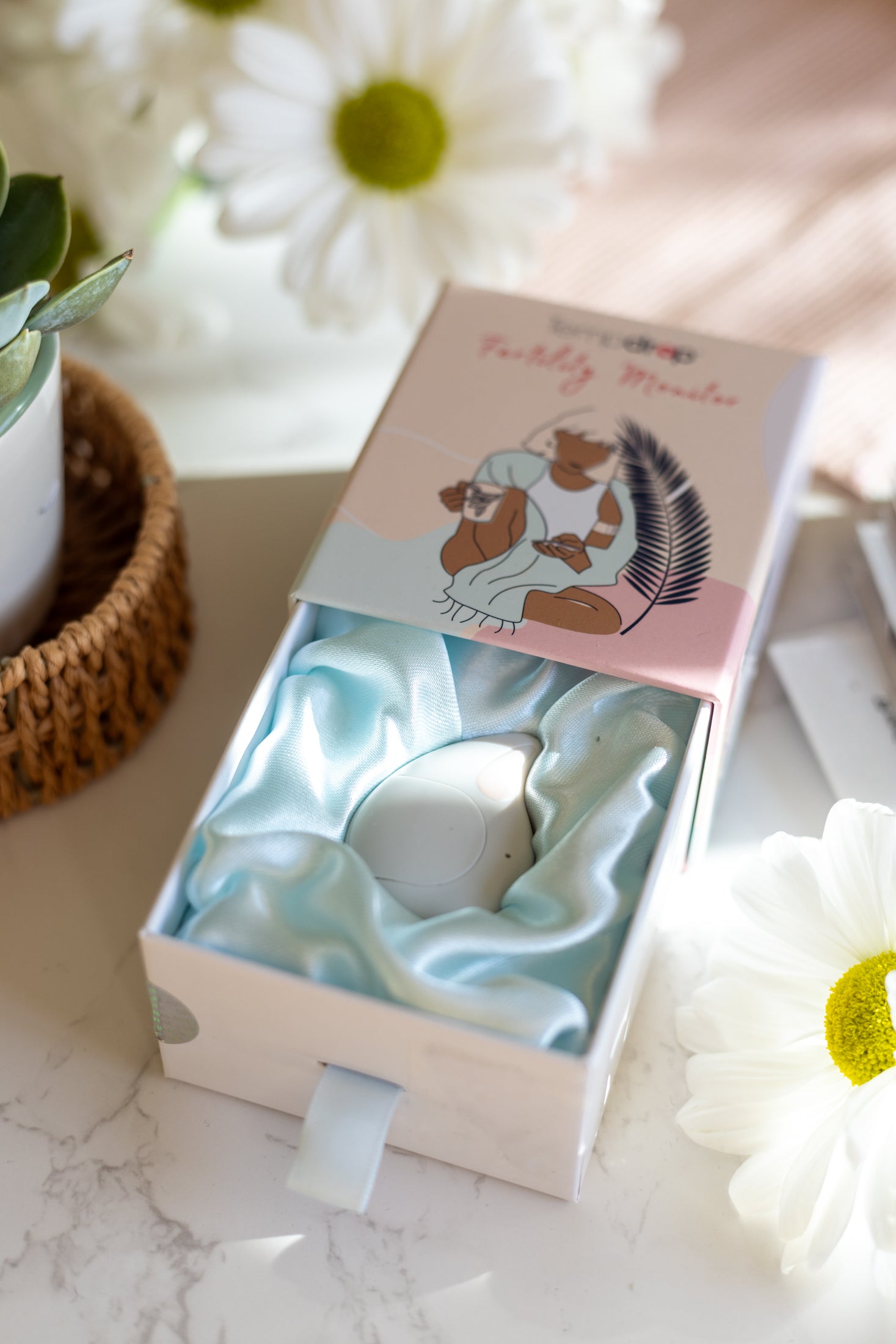
Simplify Your Fertility Tracking with Tempdrop
Take the guesswork out of cycle tracking with Tempdrop, the smart wearable thermometer that fits seamlessly into your routine. Designed to learn your unique patterns, it provides accurate, reliable insights without the hassle of early wake-ups or daily charts.














